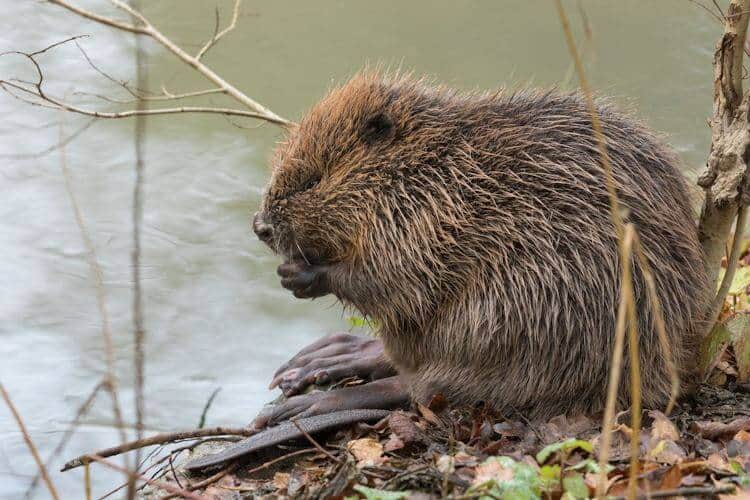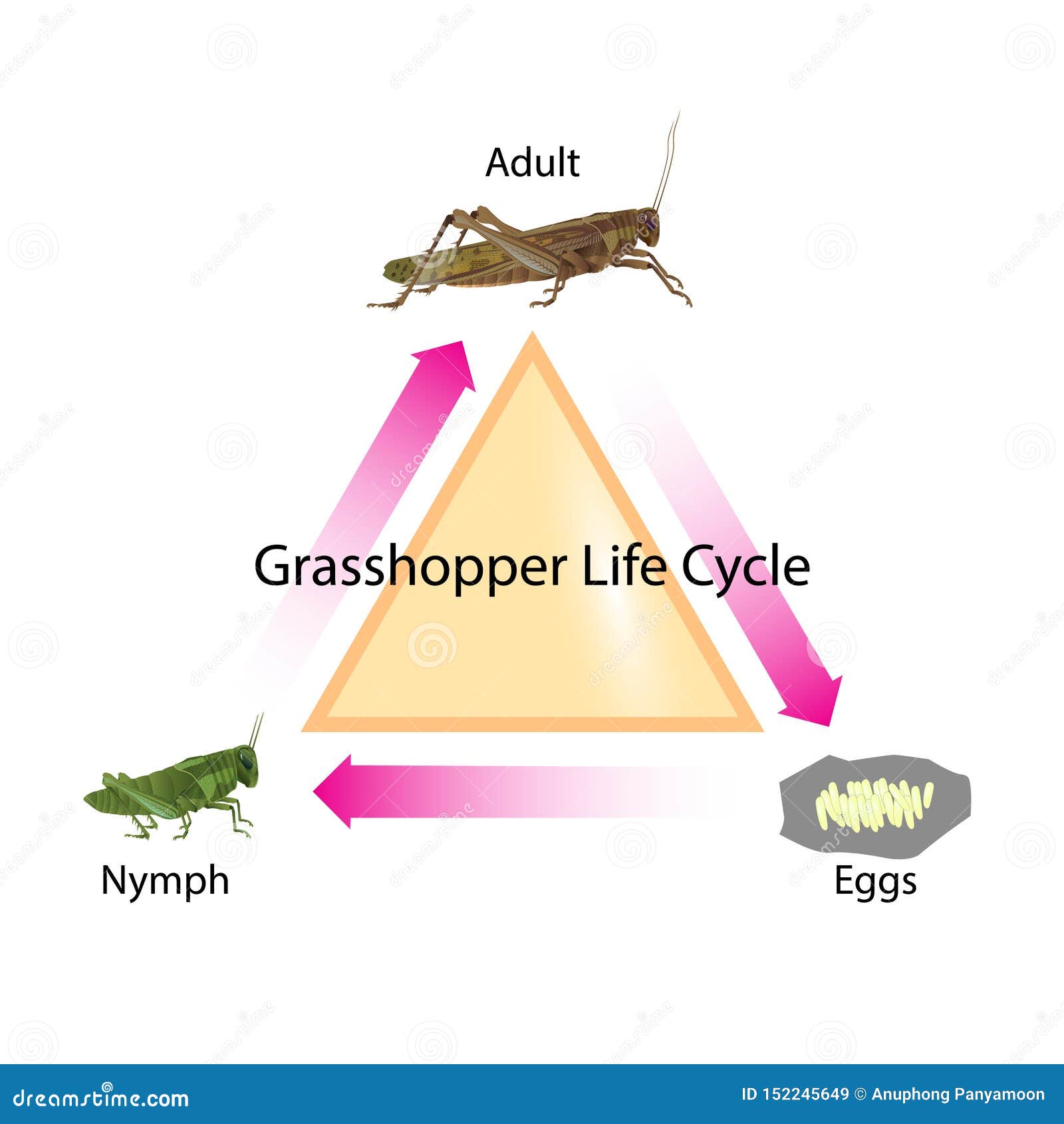UK's Endangered Wildlife Facing Extinction From Devastating Wildfires

Table of Contents
The Devastating Impact of Wildfires on UK Habitats
Wildfires in the UK are having a catastrophic impact on the delicate ecosystems that support our precious wildlife. The intense heat and flames destroy habitats, leading to widespread habitat loss and fragmentation, leaving many species struggling to survive.
Habitat Loss and Fragmentation
Wildfires don't just burn vegetation; they obliterate the complex tapestry of life within an ecosystem. This destruction results in:
- Loss of food sources: Many animals rely on specific plants for food. Wildfires eliminate these plants, leaving animals starving. The Dartford warbler, for example, depends on heathland for its survival, a habitat highly susceptible to fire.
- Loss of shelter and breeding grounds: Animals depend on specific habitats for shelter from predators and for raising their young. The destruction of these habitats leaves them vulnerable and reduces breeding success. Adders, for instance, rely on undisturbed heathland and scrub for hibernation and basking.
- Fragmentation of habitats: Even if some areas survive, wildfires can create fragmented landscapes, isolating animal populations and hindering their ability to find mates and resources.
Studies show that heathlands in the UK have experienced significant loss due to wildfires, impacting species like the smooth snake and the nightjar. The extent of habitat loss varies depending on the intensity and size of the fire, but even smaller fires can have devastating localized impacts.
Direct Mortality of Endangered Species
The immediate impact of wildfires on animals is often brutal. Many animals perish directly from:
- Burns: Direct contact with flames causes severe burns and often leads to death.
- Smoke inhalation: Smoke from wildfires can cause respiratory failure, particularly in smaller animals.
- Predation: Animals fleeing burning areas are often vulnerable to predators.
Endangered species like the natterjack toad, whose breeding ponds are easily destroyed by fire, and the sand lizard, which relies on specific heathland habitats, are especially susceptible to direct mortality. Accurately assessing the total number of animal deaths after a wildfire is incredibly difficult due to the chaotic nature of the event and the difficulty of accessing burned areas. The true scale of loss is often underestimated.
Climate Change: The Fueling Force Behind Increased Wildfire Risk
The increasing frequency and intensity of UK wildfires are inextricably linked to climate change. Warmer temperatures and prolonged dry spells create ideal conditions for fires to start and spread rapidly.
Rising Temperatures and Drought Conditions
The UK is experiencing a warming trend, with summers becoming hotter and drier. This leads to:
- Increased vegetation dryness: Dry vegetation is highly flammable, acting as fuel for wildfires.
- Extended fire seasons: Longer periods of dry weather extend the wildfire risk period.
Data from the Met Office shows a clear upward trend in average temperatures, contributing to more frequent and intense droughts that significantly increase wildfire risk. These conditions make even small sparks capable of igniting large and destructive fires.
The Impact of Human Activity
While climate change is a major driver, human activities also play a significant role in wildfire ignition:
- Careless disposal of cigarettes: Discarded cigarettes are a major cause of wildfires, especially in dry vegetation.
- Unattended barbecues and campfires: Improperly extinguished barbecues and campfires can easily spread to surrounding areas.
- Arson: Deliberately set fires account for a concerning percentage of wildfires.
Statistics from the Forestry Commission highlight the contribution of human negligence to the number of wildfires each year. Responsible behaviour in the countryside is crucial to preventing these devastating events.
Conservation Efforts and Future Outlook for Endangered Species
Protecting endangered wildlife from wildfires requires a multifaceted approach combining immediate response with long-term preventative strategies.
Current Conservation Strategies
Several organizations are actively involved in wildlife conservation and wildfire response:
- RSPB (Royal Society for the Protection of Birds): The RSPB works to protect habitats and species affected by wildfires, undertaking habitat restoration projects and advocating for stronger wildfire prevention measures.
- WWF (World Wide Fund for Nature): The WWF focuses on addressing the underlying causes of wildfires, including climate change, and supports initiatives aimed at improving wildfire management.
These and other organizations are employing strategies such as habitat restoration, reintroduction programs for affected species, and post-fire monitoring to assess the impact and aid recovery.
The Need for Enhanced Protection and Prevention
To effectively protect endangered wildlife, we need:
- Increased funding for wildfire prevention and response: More resources are needed for early detection systems, fire suppression efforts, and post-fire recovery initiatives.
- Improved wildfire management practices: This includes better land management techniques to reduce fuel loads and controlled burns to manage vegetation.
- Public awareness campaigns: Educating the public about responsible behaviour in the countryside is vital for preventing wildfires.
- Stronger policies on climate change mitigation: Addressing climate change is crucial to reducing the long-term risk of wildfires.
Conclusion:
The devastating impact of UK wildfires on endangered wildlife is undeniable. Habitat loss, direct mortality, and the disruption of delicate ecosystems are pushing vulnerable species towards extinction. The increasing frequency and intensity of wildfires, fueled by climate change and human negligence, demand urgent and concerted action. Supporting conservation organizations, promoting responsible behaviour in the countryside, and advocating for stronger policies on wildfire prevention and climate change mitigation are crucial steps in protecting the UK's precious biodiversity. Protecting the UK's endangered wildlife from the devastating impact of wildfires requires immediate and concerted action from individuals, organizations, and governments alike.

Featured Posts
-
 Practical Life Cycle Education Using Campus Farm Animals
May 13, 2025
Practical Life Cycle Education Using Campus Farm Animals
May 13, 2025 -
 Orange County Sports Updated Scores And Player Stats For February 20th
May 13, 2025
Orange County Sports Updated Scores And Player Stats For February 20th
May 13, 2025 -
 Oregon Ducks Womens Basketball Overcoming A Large Deficit To Defeat Vanderbilt In Ncaa Tournament Overtime Thriller
May 13, 2025
Oregon Ducks Womens Basketball Overcoming A Large Deficit To Defeat Vanderbilt In Ncaa Tournament Overtime Thriller
May 13, 2025 -
 Zaschita Syna Muzh Nadezhdy Kadyshevoy Vmeshalsya V Skandal S Dolgom
May 13, 2025
Zaschita Syna Muzh Nadezhdy Kadyshevoy Vmeshalsya V Skandal S Dolgom
May 13, 2025 -
 Evreyskaya Avtonomnaya Oblast Finansovaya Podderzhka Veteranov Ko Dnyu Pobedy
May 13, 2025
Evreyskaya Avtonomnaya Oblast Finansovaya Podderzhka Veteranov Ko Dnyu Pobedy
May 13, 2025
Latest Posts
-
 Cassie Venturas Growing Family Baby Number Three Arriving Soon
May 13, 2025
Cassie Venturas Growing Family Baby Number Three Arriving Soon
May 13, 2025 -
 Third Baby On The Way For Cassie Ventura And Alex Fine
May 13, 2025
Third Baby On The Way For Cassie Ventura And Alex Fine
May 13, 2025 -
 Madridskiy Turnir Sobolenko V Tsentre Skandala
May 13, 2025
Madridskiy Turnir Sobolenko V Tsentre Skandala
May 13, 2025 -
 Cassie Ventura And Alex Fine Expecting Another Baby
May 13, 2025
Cassie Ventura And Alex Fine Expecting Another Baby
May 13, 2025 -
 Razvitie Gazosnabzheniya V Eao Uchastie Gazproma I Plany Na Buduschee
May 13, 2025
Razvitie Gazosnabzheniya V Eao Uchastie Gazproma I Plany Na Buduschee
May 13, 2025
